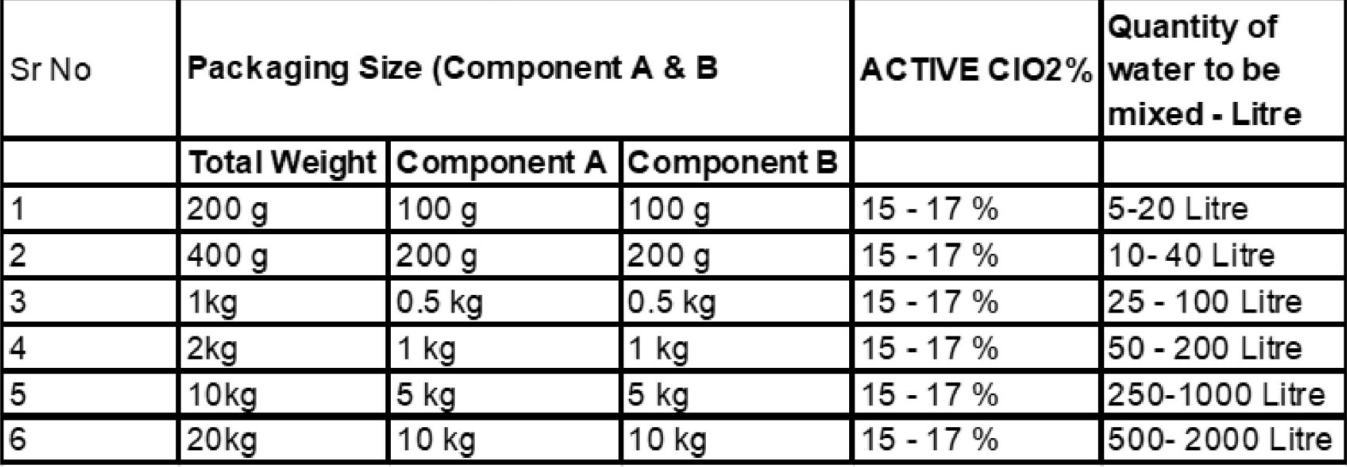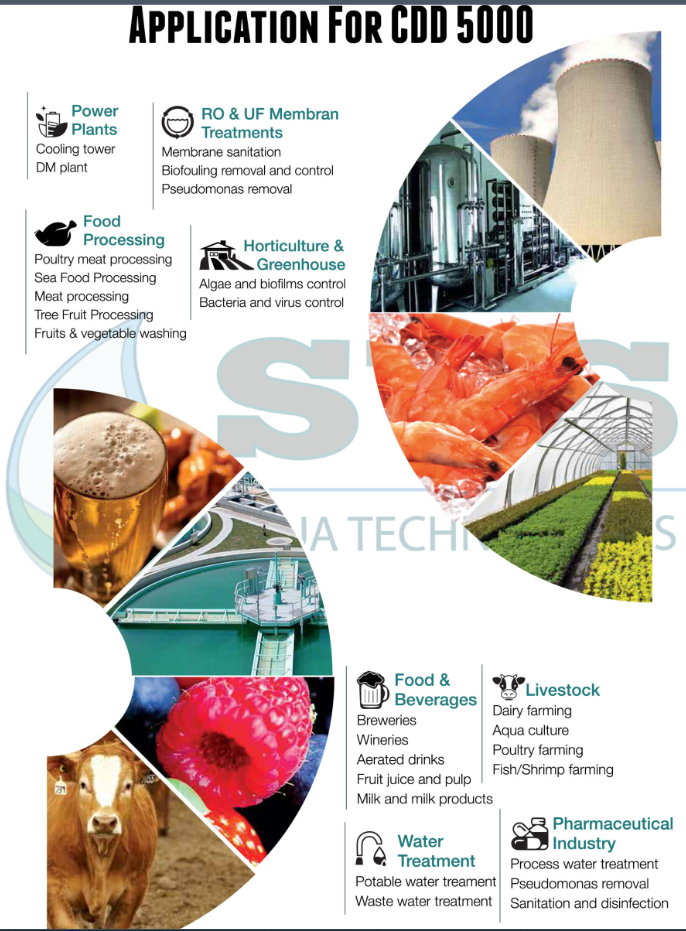
ZPM® - Zeta Potential Mixer
benefits
- Best Water Quality – the ZPM® before the filter amplifies coagulation and flocculation reactions of APF® and NoPhos to improve the filtration performance of AFM® and reduce chlorine consumption.
- Safety Barrier Against Pathogens – the ZPM® after the filter mechanically smashes cryptosporidium oocysts, bacteria floc and even single bacteria. The water is mechanically disinfected and the performance of chlorine is amplified.
- Small Investment – Big Performance – For a lifetime – the ZPM® has an unlimited life. It needs no power and has no operating and maintenance costs.

METHOD OF PREPARATION
Step One
Filtration with AFM®
Step Two
Coagulation and flocculation with APF® and ZPM®
Step Three
Catalytic oxidation with ACO® and ZPM®
How to use a ZPM®?
Treat yourself and your family to the best
How does a ZPM® work?
Installed Upstream of the Filter: Optimise Coagulation and Flocculation
The ZPM® amplifies the coagulation and flocculation reactions for the conversion and precipitation of dissolved components into small particles. The cavitation reactions provide the perfect mixing and turbulent environment necessary for coagulation using APF® and NoPhos. The ZPM® neutralises the electrical charge (Zeta Potential) on dissolved chemicals and small particles to make some positively and some negatively charged. The opposite charges attract and this causes coagulation and flocculation. As the electrical potential drops to neutral, the redox oxidation potential of the water increases by up to 100 mV, effectively the water is beginning to disinfect itself without any chemicals.
Installation Downstream of the Filter: Mechanical Disinfection and Barrier Against Bacteria
The nano-bubbles created by the cavitation are of most use here. They will be attracted to the surface of solids such as bacteria, viruses, spores and protozoa. Nano-bubbles adhere to the surface, where they then implode. The energy released blows a hole through the cell membrane of the pathogen. The bacteria or parasite will be killed, or the hole formed allows chlorine to enter. Bacteria and other pathogens are incubated on the surface of sand in the sand filters, on the walls of the balance tank and any surface in contact with the water. The slippery surface on tiles is not body-fat but a thin invisible film of bacteria. Some pathogens (e.g. Cryptosporidium) as well as biofilm protected colonies of bacteria are extremely resistant to chlorine. The ZPM® breaks these colonies apart and allows chlorine to disinfect the water before the water reaches the pool. Bacterial flocs can survive for a few minutes to several hours, bacteria from ZPM® shattered flocs can only survive for about 30 seconds.
How to use a ZPM®?
How to use a ZPM®?
The greater the pressure differential across the ZPM®, the more powerful the cavitation reactions. The ZPM® before the filter should be electrically earthed to allow the electrons rubbed-off to go to ground. The ZPM® before the filter should be chosen to have a pressure drop not exceeding 0.3 bar for filters running at 30 m/hr. It should still be possible to back-wash the filters at 40 - 50 m/hr by pumping the water through the ZPM®. If the flow rate is compromised, a by-pass around the ZPM® may be required to achieve the required back-wash water flow. The ZPM® after the filter should be sized to give a pressure drop between 0.3 and 0.5 bar, a higher pressure drop increases cavitation reactions and improves disinfection. A pressure drop of 0.5 bar will disinfect the water and help chlorine to kill bacteria and parasites before the water is returned back to the pool.
Rule of Thumb for Private Pools:
filter piping 2“= > ZPM® upstream of the filter should be 2“ with 2 fins and downstream of the filter 2” with 3 fins




